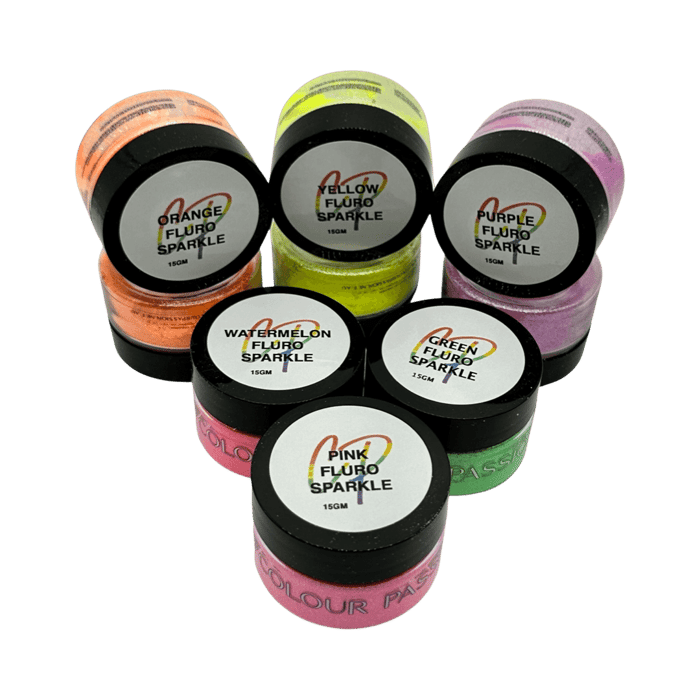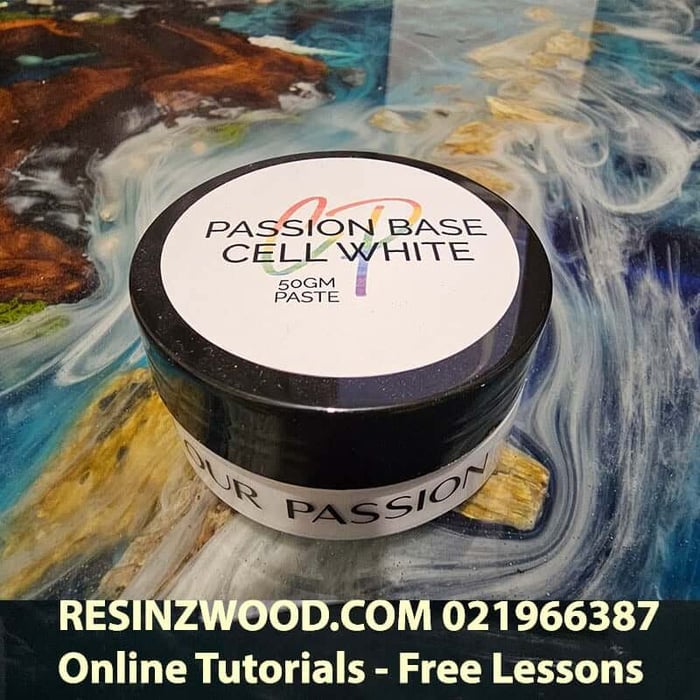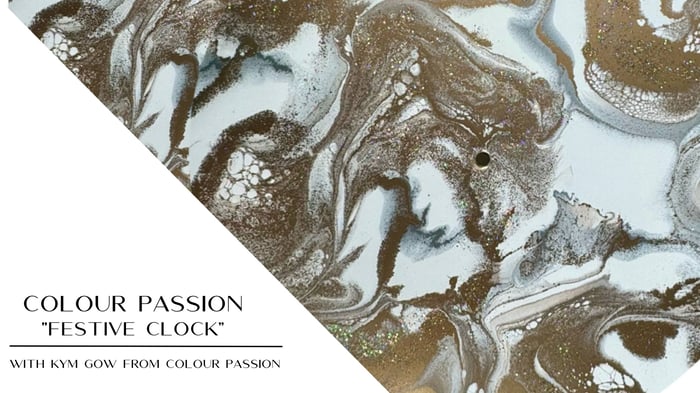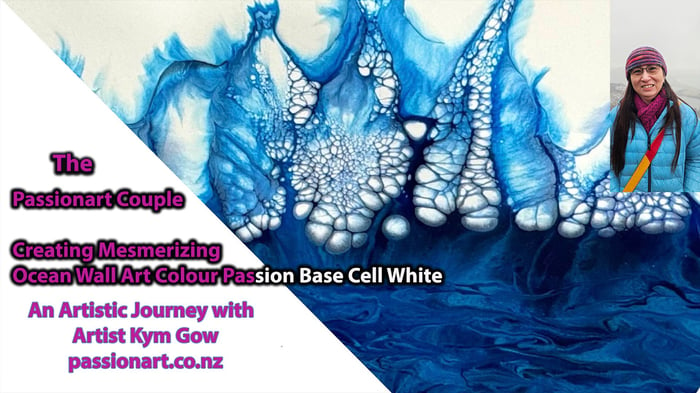Colour Pigments, Pastes, Powders, Tints FAQs is a big section to cover adequately, so here we go. First, we will look at the questions and answers to each type of colouring and the difference between them. For more info, please send us a question via email or on our Facebook page. If you are desperate for an answer, call Paul on 021966387, but that may cost you a coffee. Follow this link to all the Colour Passion Products on our website
go. First, we will look at the questions and answers to each type of colouring and the difference between them. For more info, please send us a question via email or on our Facebook page. If you are desperate for an answer, call Paul on 021966387, but that may cost you a coffee. Follow this link to all the Colour Passion Products on our website
FAQs
What is the Difference between Powders, Pastes Tints?
- Powders are typically mica-based, and there are several options available, depending on the grade size of the mica, which will influence the effects you achieve in your resin art projects. Fine mica powders, such as cosmetic mica, will provide a shimmering effect. In contrast, Passionart Pearl Mica offers a deeper, pearlescent shimmer with blooming lines and distinctive effects. The Colour Passion range of mica powders is more closely aligned with the cosmetic range of effects.
- Pastes are made from oxides generally speaking with some pastes being more refined through a process of how much the paste has been ground down and blended. Colour Passion are a combination of colourants and micas to give different effects that include shimmering, lustre and pearls. Passionart Pastes are more simplistic deep bodied realistic colours without all the glamorous effects added still retaining bright vibrant options. Then we can go into effects pastes that is listed below in this FAQ guide.
- Resin Tints really have a few categories here that we will touch on below in detail. Basically resin tints are fluid based being made of water base, or epoxy base generally along with being alcohol based. These are typically translucent meaning you can see through them unless they are heavily applied but in almost all cases they will allow light to flow through or illuminate them. You can achieve similar effects using pastes depending on the type of paste used as the effect may be indifferent to a tint. Powders can be used as well to achieve a tinted effect.
- Alcohol Inks are basically coloured alcohol that is used to create amazing effects in resin art as well as being used in larger projects like river tables.
How much Powder, Paste or Tint Should I use?
First, it's important to remember that powders, pastes, and tints should never make up more than 10% of the total volume of the resin. Exceeding this limit can lead to adverse effects, including improper curing and a too soft resin. Additionally, adding too many additives can trigger an uncontrolled exothermic reaction. Resin cures through an exothermic process, meaning it heats up as it cures and then cools to form a solid mass. If the limits for additives are surpassed, the reaction can accelerate too quickly, potentially resulting in a flash cure that leaves your project with unsightly cracks.
- Powders - We generally allow a maximum of 10 grams per litre or one teaspoon for powders. Start with a smaller amount of powder, slowly adding it to the resin until you get the desired effect and depth of colour. Remember, you can always add more, but you cannot subtract.
- Pastes - Go a very long way, so start with very small amounts using a small ice block stick. Dip the stick into the paste, then scrape it off the stick on both sides, leaving a minute volume. This will be your starting point as you gradually increase the volume to get the effect you are wanting. I will do a post about this under NZ Resin Art in the near future.
- Tints we say up to 10%, but generally you will use less than 5%. This applies for alcohol inks as well.
Do I need to stir pastes before using?
Yes it is important to stir your Colour Passion or Passionart pastes before using them to ensure they are well blended with the bonding agent as well as ensuring you get a nice smooth paste to use in your resin creations.
Seeking advice on how to mix powders in epoxy?
When mixing powders into epoxy in your art room, it's crucial to follow a few essential guidelines for the best results. The right choice of powders can create stunning effects, including unique interference powders.
- To ensure a clean workspace, mix your powders away from your main art area. Since powdered materials are lighter than air, they can easily contaminate other ongoing projects. We recommend using a designated space to mix our micas, typically in small batches of around 500 ml of resin or less, especially for larger projects like tables. Once we've achieved the perfect depth of field, we carefully calculate the amount of additional mica needed and mix it in a separate container. By keeping this mixture in liquid form, we can confidently add it to larger volumes in the art room, protecting our other projects from unwanted contamination. This method not only enhances your creative process but also preserves the integrity of your work.
- Start off with a small amount of pigment and add it slowly till you get the desired depth of field that you are after. If you are making a large volume of coloured epoxy start off small say in a 2 litre container half filled say 1 litre. Once desired look achieved multiply that volume of powder out that will equate to the volume of resin. Mix in the small container then add to your big bucket or buckets.
- Interference powders are powder pigments that have colour but are also translucent. These are best used in bigger areas of resin where you want to see some colour but transparent as well. We do scenes like this for small castings for show pieces or lights with fish and divers. You can also create Nebular looking patterns.
Seeking how to get best results mixing a tint into my epoxy?
Follow the guidelines here that Resin Wood Tables NZ uses to get the best results with tints.
- When mixing in your Tints ensure the pigment is evenly distributed throughout the epoxy and hardener mixture to avoid streaks or patches.
- Adhere to the recommended pigment-to-resin ratio that we have discussed before never exceeding 10% by volume with 6% being my max
- Start off with very small drops using a dropper as it only takes a few drops to darken a litre of epoxy resin.
- Adding excessive tints or pigment can interfere with the curing process and cause the epoxy to not harden properly or exotherm.
- The final colour of the epoxy may change slightly once it cures, so be aware of this when choosing your pigment as generally it will be slightly darker. Always pre test in a clear container as when you pour your resin into a dark or light bottom mould the colour will look different.
- Passionart Resin Tints Dyes are coming June 2025 These will be a game changer for Resin Artists Globally.
Can I use multiple colours at once?
Using multiple colours at once can be tricky depending on the types you may want to use?
- We use multi colours at once in projects like the Kaleidoscope Table just follow this link to our channel to see how we did it.
- Powdered colours are really easy for pouring together as they do not tend to blend together and go a mucky colour. If you are wanting sections like in the video link above you pour equal amounts of epoxy in different parts of the river so each colour ponds with a border to the next colour. Having some bleed into the next pool gives a kool transitional effect.
- Pastes can tend to become mucky if they blend together or if you try to move one colour into another. Wait till the resin starts to thicken then use a pallet knife or stick to create amazing effects.
- Tints and dyes are really kool for transitional layers of depth perspective that can be poured all at once like in ocean tables with the deeper darker blue then lighter blue to clear. It helps to have another person in this process so you get equal pooling without excessive bleeding of one colour into another like what I have done in the sea La Vie table. Checkout my Channel Subscribe and Learn Heaps. YouTube Resin Wood Tables NZ
What is the difference between Colour Passion Top Cell and Base Cell white?
- Colour Passion Top Cell White is poured as a TOP layer, on top of other colour layers. The cells then form on top, showing the colours underneath as it spreads. This video (5:35min) from Colour Passion illustrates the effect for Colour Passion Top Cell White. Thin edges tend to be more lacing, whereas bigger cells form where the resin is thicker.
- Colour Passion Base Cell White is poured as a BOTTOM layer before other colours are poured on top. The cells then form from the bottom up. This video (6:44min) from Colour Passion illustrates the effect for Colour Passion Base Cell White and also shows a “swipe” method of spreading the colours. Thin edges tend to be more lacing, whereas bigger cells form where the resin is thicker.
How do I know if I am buying a good quality Powder Paste or Tint?
This is a hard one to answer as each company promotes their products to be good or great. With the Colour Passion, Passionart, and Resinzwood ranges, we offer a 100% guarantee that our products will deliver exactly how we describe them to work and last. There are many products on the market but my advice is to deal with a company that has a phone number, is available to talk to and knows what they are talking about. Too many companies put up product on a website and have no idea what or how it works hiding behind a website with no phone contact details. With Resinzwood I am here 7 days a week by phone if you need answers. Paul 021966387




